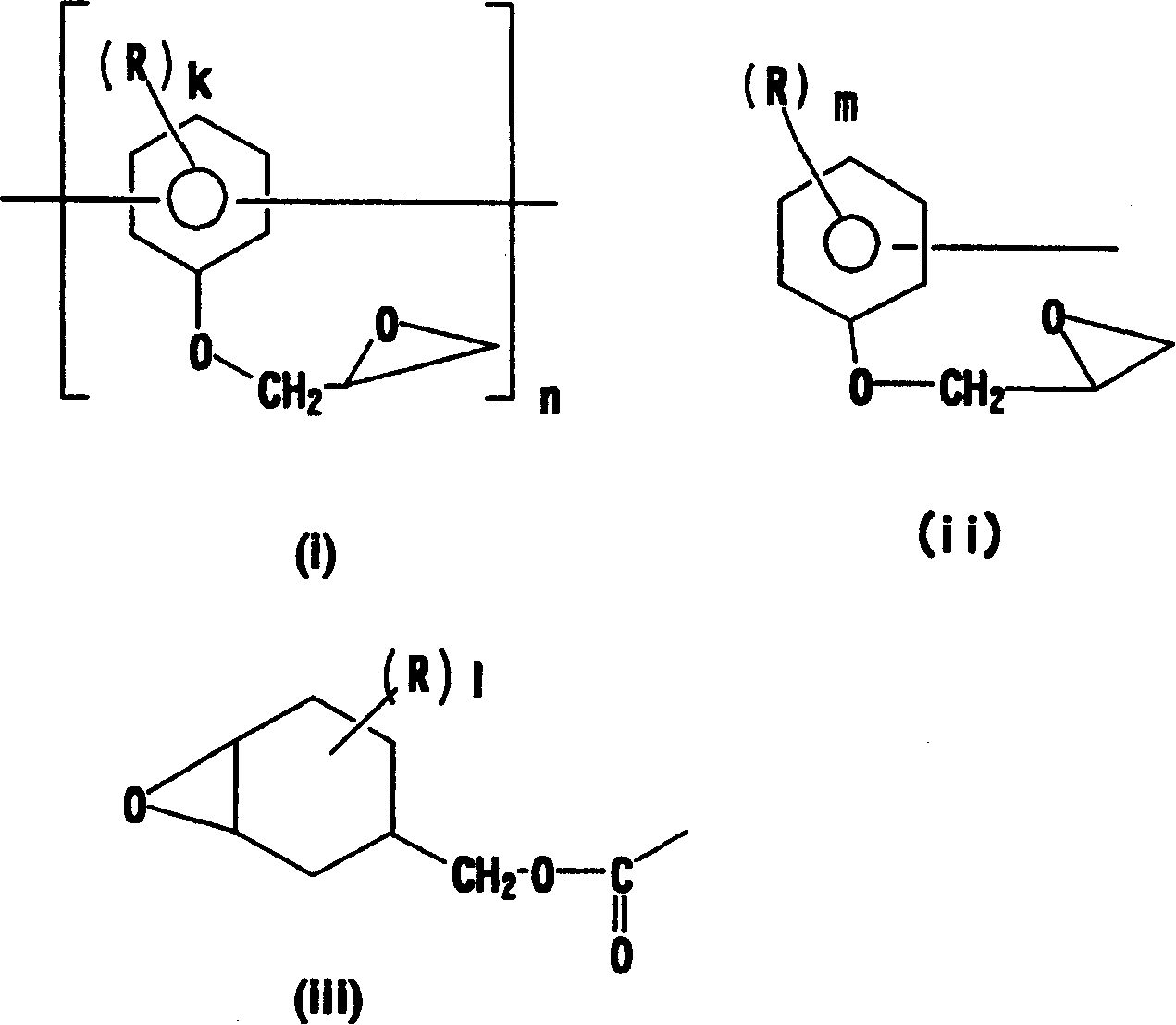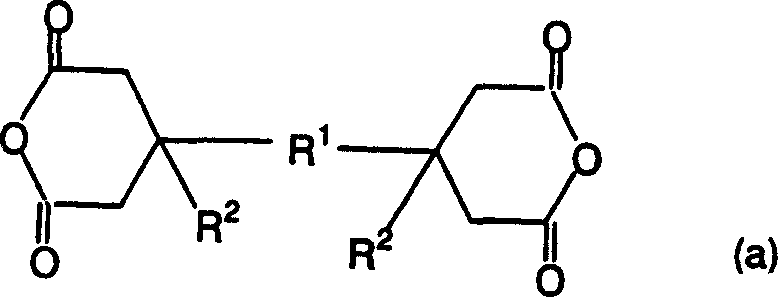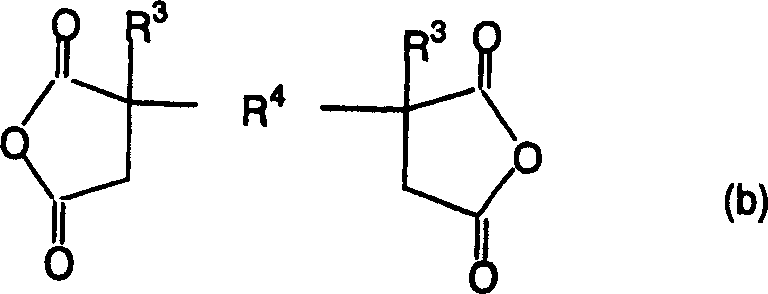Liquid crystal orientating agent and liquid crystal display element
A liquid crystal display element, liquid crystal orientation technology, applied in the direction of liquid crystal materials, chemical instruments and methods, instruments, etc., can solve the problems of uneven orientation, moisture absorption, etc., and achieve the effect of excellent voltage retention rate
- Summary
- Abstract
- Description
- Claims
- Application Information
AI Technical Summary
Problems solved by technology
Method used
Image
Examples
Embodiment
[0082] Hereinafter, the present invention will be described in more detail by way of examples, but the present invention is not limited by these examples. The evaluation items and evaluation methods of the liquid crystal aligning agents prepared in the following Examples and Comparative Examples are as follows.
[0083] (Vertical Orientation of Liquid Crystal Molecules)
[0084] Regarding the vertical alignment of the vertical alignment type liquid crystal display element, the liquid crystal display element was observed at the voltage OFF and at AC 12V (peak-to-peak), and it was judged as "good" when there was no abnormal magnetic region.
[0085] (Moisture resistance test of liquid crystal display element)
[0086] The moisture resistance of the vertical alignment type liquid crystal display element was placed in a room temperature, high humidity environment (90% RH), and the case where no abnormal magnetic domain occurred in the liquid crystal cell when the voltage was turn...
Synthetic example 1
[0092] 2.3g of 2,3,5-tricarboxycyclopentaneacetic dianhydride, 0.88g of p-phenylenediamine and 1.1g of the diamine compound represented by the above formula (9) were dissolved in 16.8g of N-methyl-2 -In pyrrolidone, react at 60°C for 5 hours. The reaction mixture was then injected with a large excess of methanol and the reaction product was allowed to precipitate. It was then washed with methanol and dried under reduced pressure at 40°C for 15 hours to obtain 55.6 g of the specific polymer Ia.
[0093] The specific polymer Ia obtained in Synthesis Example 1 was dissolved in 39.0 g of N-methyl-2-pyrrolidone, 0.88 g of pyridine and 1.13 g of acetic anhydride were added, and imidization was performed at 110° C. for 4 hours. Then, the reaction product liquid was precipitated in the same manner as in Synthesis Example 1 to obtain 53.0 g of the specific polymer IIa having an intrinsic viscosity of 0.63 dL / g. Table 1 shows the imidization ratio of the obtained specific polymer IIa....
Synthetic example 2
[0095] In addition to dissolving 1.89 g of 2,3,5-tricarboxycyclopentaneacetic dianhydride, 0.55 g of p-phenylenediamine and 1.76 g of the diamine compound represented by the above formula (9) in 16.8 g of N-methyl In the same manner as in Synthesis Example 1, except for -2-pyrrolidone, 55.7 g of the specific polymer Ia was obtained.
[0096] The specific polymer Ib obtained in Synthesis Example 2 was dissolved in 39.0 g of N-methyl-2-pyrrolidone, 0.73 g of pyridine and 0.95 of acetic anhydride were added, and imidization was performed at 110° C. for 4 hours. Then, the reaction product liquid was precipitated in the same manner as in Synthesis Example 1 to obtain 52.1 g of specific polymer IIb having an intrinsic viscosity of 0.5 dL / g.
PUM
| Property | Measurement | Unit |
|---|---|---|
| thickness | aaaaa | aaaaa |
Abstract
Description
Claims
Application Information
 Login to View More
Login to View More - R&D
- Intellectual Property
- Life Sciences
- Materials
- Tech Scout
- Unparalleled Data Quality
- Higher Quality Content
- 60% Fewer Hallucinations
Browse by: Latest US Patents, China's latest patents, Technical Efficacy Thesaurus, Application Domain, Technology Topic, Popular Technical Reports.
© 2025 PatSnap. All rights reserved.Legal|Privacy policy|Modern Slavery Act Transparency Statement|Sitemap|About US| Contact US: help@patsnap.com



